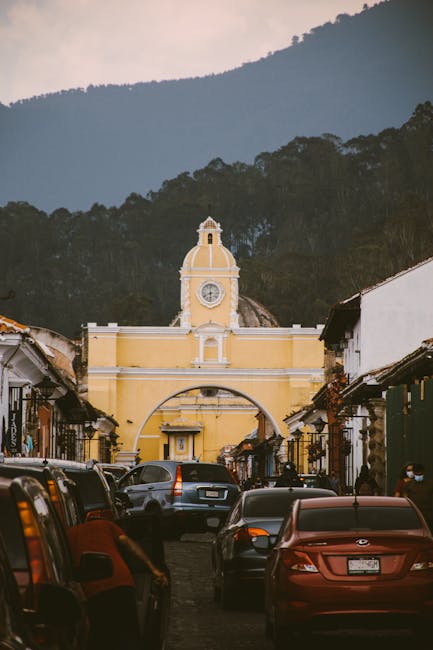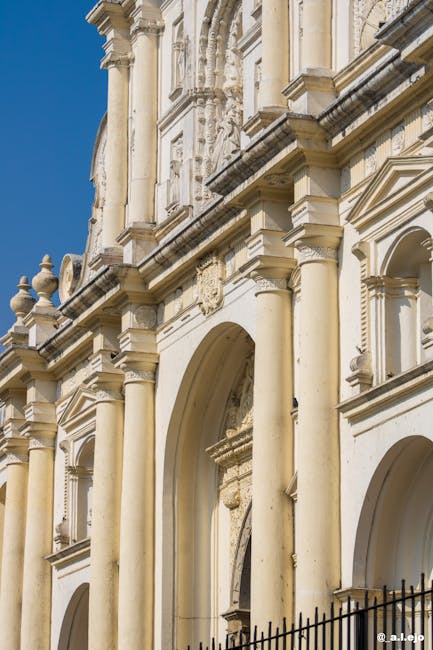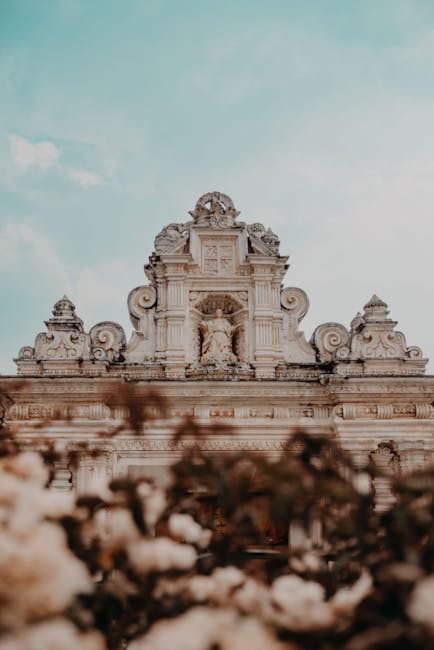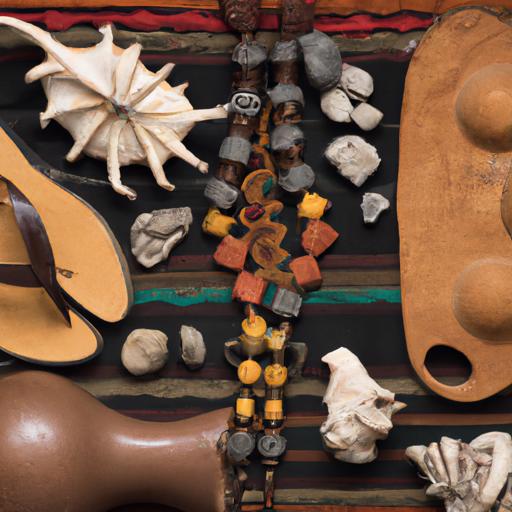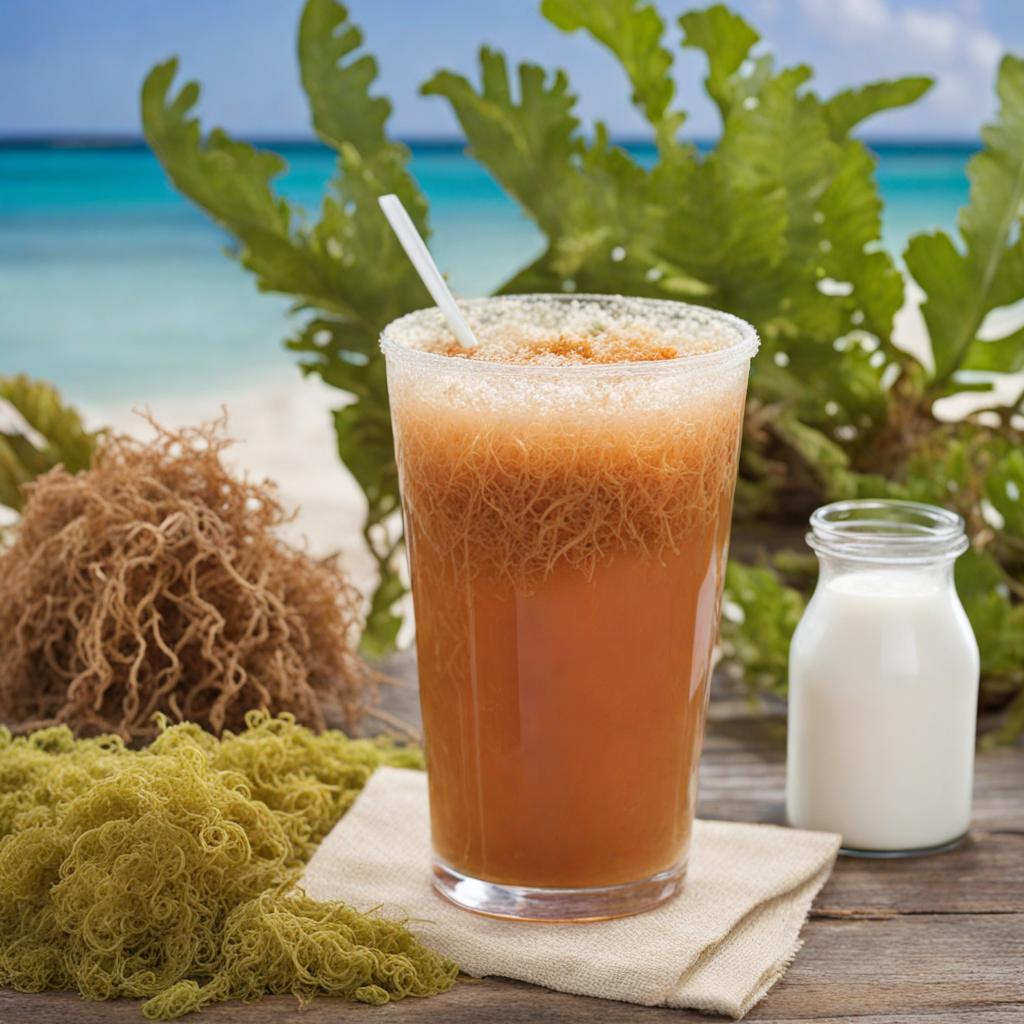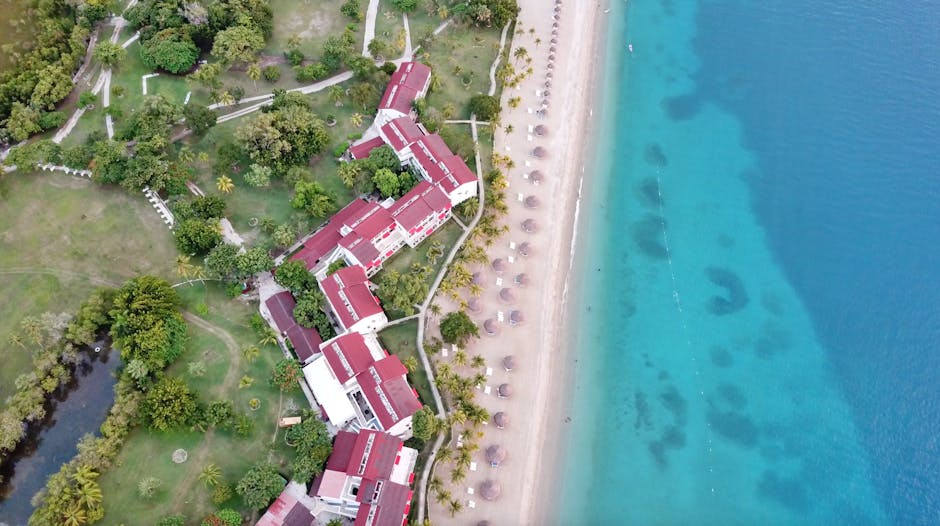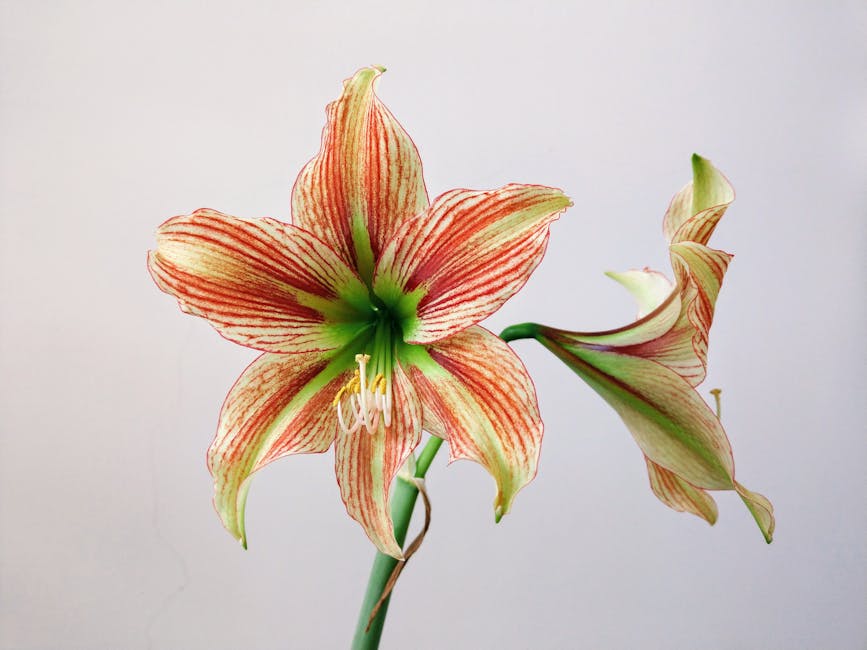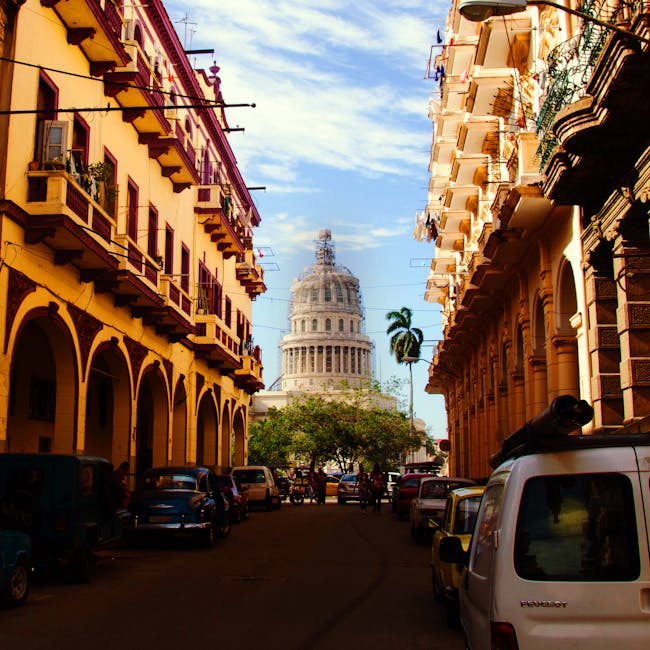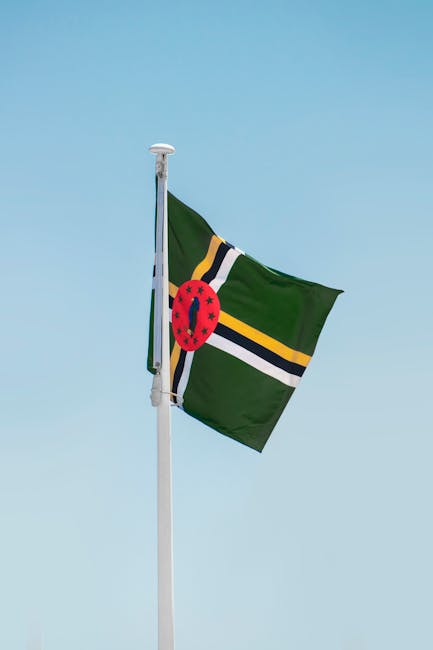Antigua and Barbuda
Overview
Antigua and Barbuda, located in the heart of the Caribbean, is a twin-island nation known for its stunning beaches, vibrant culture, and rich history. These islands are unique for their beautiful coral reefs and shipwrecks that attract divers from around the world. The culture is a delightful mix of African, British, and indigenous influences, reflected in their food, music, and local traditions. The major festivals such as Antigua Carnival, Independence Festival, and Antigua Sailing Week offer a vibrant display of the islands' culture and history, making it a must-visit destination for travelers seeking a unique Caribbean experience.
The high season for tourism in Antigua and Barbuda is from mid-December to mid-April, during the dry season when the weather is warm and less humid, with average temperatures ranging from 75°F to 85°F. During this time, the islands offer a wide range of activities, from water sports such as sailing, snorkeling, and diving, to beach picnics and hiking. One can also explore the historical sites like Nelson's Dockyard, Betty's Hope, and Shirley Heights. The Sailing Week in late April is a major attraction, hosting a series of yacht races and parties that draw sailing enthusiasts from across the globe.
In preparation for a trip to Antigua and Barbuda, travelers should pack light, breathable clothing suitable for tropical weather, sun protection like sunglasses, hats, and sunscreen, along with swimwear and snorkeling gear if they plan on enjoying water activities. It's advisable to carry insect repellent due to the presence of mosquitoes. Ensure to bring your passport, which should be valid for at least six months beyond your planned departure date. While English is the official language, learning a few local phrases can enhance your travel experience. Lastly, while the local currency is the Eastern Caribbean Dollar, US dollars are widely accepted.
A Glimpse into the Past
Antigua and Barbuda, a stunning twin-island nation in the Caribbean, boasts a rich history that reflects its indigenous roots, colonial past, and vibrant culture. Understanding its history is essential for appreciating the unique experiences and attractions that await travelers.
The islands were originally inhabited by the Arawak and Carib peoples, who lived off the land and sea long before European explorers arrived. The Arawaks were known for their agricultural skills, while the Caribs were fierce warriors. The first European contact came in 1493 when Christopher Columbus sighted Antigua during his second voyage to the New World. He named it “Antigua” after a church in Seville, Spain, but it wasn’t until the late 16th century that the islands were colonized.
In 1632, the British established a settlement in Antigua. The island's strategic location made it a key point for trade and military activity in the Caribbean. The British began importing enslaved Africans to work on sugar plantations, which became the backbone of the economy. The labor-intensive sugar industry fueled the islands’ wealth and led to the establishment of a plantation society that would last for centuries.
By the 18th century, Antigua had become one of the world’s leading sugar producers. Wealth from sugar transformed the island's landscape, as large estates dominated the scenery. The Nelson's Dockyard, a UNESCO World Heritage Site, was built during this time to serve as a naval base and is now a popular tourist destination. Visitors can explore the historic buildings, enjoy sailing activities, and learn about the maritime history of the area.
In Barbuda, the historical narrative differs slightly. The island was sparsely populated, primarily used as a place for cattle grazing and farming. It was primarily under the influence of Antigua, and its economy was less developed until later. Barbuda remains known for its pristine beaches and the Frigate Bird Sanctuary, which is home to one of the largest colonies of frigatebirds in the Western Hemisphere.
As the sugar industry waned in the 19th century, the islands experienced economic hardship. The abolition of slavery in 1834 marked a pivotal moment in the islands' history. Former enslaved people sought to establish their own identities and livelihoods, leading to significant social changes. The economy gradually diversified, with agriculture and tourism becoming increasingly important.
In the 20th century, Antigua and Barbuda began to gain political momentum. The islands were granted self-government in 1967, and by 1981, they achieved full independence from Britain. This period of self-governance saw the emergence of prominent political figures, including Sir George Walter and Errol Barrow, who played critical roles in shaping the nation’s political landscape.
Culturally, Antigua and Barbuda offers a fascinating blend of influences. The heritage reflects African, British, and Caribbean elements, which can be seen in the islands’ music, dance, and festivals. The annual Carnival, celebrated in late July to early August, is a vibrant showcase of local culture, featuring colorful parades, music, and traditional costumes. It attracts both locals and tourists, providing an immersive experience of the islands' cultural richness.
Travelers to Antigua and Barbuda will encounter numerous historical landmarks and attractions. The Museum of Antigua and Barbuda, located in St. John’s, the capital, is a must-visit for those interested in the islands' history. Housed in a former courthouse, the museum features exhibits on indigenous culture, colonial history, and the sugar industry, offering a comprehensive overview of the islands’ past.
Another significant site is the St. John’s Cathedral, a striking example of English Gothic architecture. Built in the 19th century, it stands as a testament to the British colonial influence and is a central part of the island's religious and community life. The cathedral's beautiful stained-glass windows and historical artifacts provide insight into the religious heritage of the islands.
For those interested in military history, Fort James and Fort Barrington offer a glimpse into the colonial defenses of Antigua. These forts, built to protect the island from invasions, provide stunning views of the coastline and are perfect spots for photography and exploration.
Barbuda, though less developed than Antigua, is home to natural wonders that attract nature lovers. The Codrington Lagoon, a protected area, offers opportunities for birdwatching and kayaking. Tourists can also visit the Pink Sand Beaches, famous for their unique color and tranquility, making it a perfect getaway from the busier tourist spots.
Antigua and Barbuda’s cuisine reflects its diverse heritage, with an emphasis on fresh seafood and local produce. Travelers should try fungie and pepper pot, a traditional dish made from cornmeal and okra, often served with fish or meat. The Antiguan black cake, a rich fruitcake made with rum-soaked fruits, is a festive treat enjoyed during celebrations.
The islands also celebrate a rich tradition of arts and crafts, from handmade pottery to vibrant paintings. Visitors can explore local markets, where artisans showcase their work and provide a glimpse into the creative spirit of the islands. The Antigua and Barbuda Arts & Culture Festival highlights this artistic talent and offers performances that celebrate local music, dance, and visual arts.
As travelers explore Antigua and Barbuda, they will find that the islands' history is not just a backdrop but a living narrative that shapes the daily lives of its people. The intertwining of past and present is evident in the hospitality of the locals, the preservation of historical sites, and the vibrant cultural expressions that fill the streets.
In summary, a journey through Antigua and Barbuda is a multifaceted experience enriched by history. From the indigenous peoples to colonial influences, to the struggle for independence and the celebration of culture, the islands offer a captivating story that invites exploration and appreciation. Whether relaxing on the stunning beaches, hiking through lush landscapes, or delving into the islands' heritage, travelers will find that Antigua and Barbuda is a destination that resonates with the echoes of its past.
Top cities for tourists in Antigua and Barbuda
Discover the Famous Cities That Might Captivate Your Interests
Must-Try Foods You Can't Afford to Miss
Indulge in a Variety of Fantastic Foods During Your Stay in Antigua and Barbuda
May Be Your Next Destinations
People often choose these countries as their next destination


